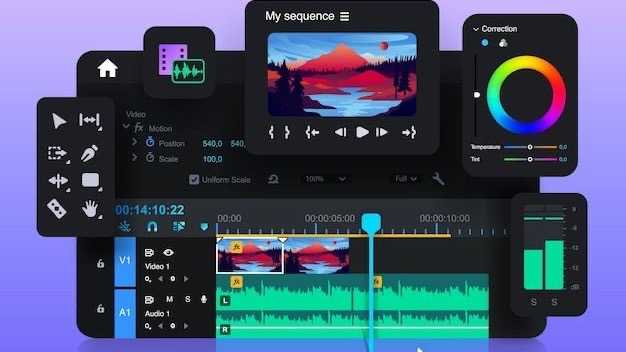Jigsaw Puzzle
Jigsaw puzzles are a fantastic way to sharpen your mind and relax at the same time. Whether you’re a novice or a seasoned puzzler, here are some tips to enhance your puzzle experience.
Choose the Right Puzzle
When selecting a jigsaw puzzle, consider the following:
Difficulty Level: Pick a puzzle that matches your skill level for a satisfying challenge. Theme: Select a theme that interests you, whether it’s nature, animals, or famous landmarks. Piece Count: Decide on the number of pieces based on your experience and time commitment.
Set Up Your Workspace
Create a comfortable and welllit area to work on your jigsaw puzzle. Gather the following items:
Table: Use a sturdy and spacious table to spread out your puzzle pieces. Sorting Trays: Organize your pieces using trays to separate edges, colors, and patterns. Good Lighting: Ensure proper lighting to easily distinguish between different pieces.
Follow a Systematic Approach
To tackle the puzzle efficiently, follow these steps:
- Inspect the Pieces: Turn all pieces faceup and look for edge pieces to build the frame.
- Sort the Pieces: Separate pieces by color, pattern, or shape to streamline the assembly process.
- Start with the Edges: Begin by assembling the border of the puzzle to establish the framework.
- Work on Sections: Focus on one area at a time, such as a specific color or pattern, before moving on to the next.
Overcome Challenges
If you encounter difficulties while working on your puzzle, try these strategies:
Take Breaks: Step away from the puzzle and return with a fresh perspective. Rotate Pieces: Experiment with different orientations to find the right fit. Ask for Help: Invite family or friends to join in, providing new insights and ideas.
Inset Puzzle
++ ++ | | | | | | | | ++ ++
Challenge yourself with the inset puzzle above, containing two interconnected pieces. Can you separate them without lifting your pen? Give it a try!
Remember, the key to mastering jigsaw puzzles is patience and persistence. Enjoy the process of piecing together a beautiful image, one segment at a time. Happy puzzling!


